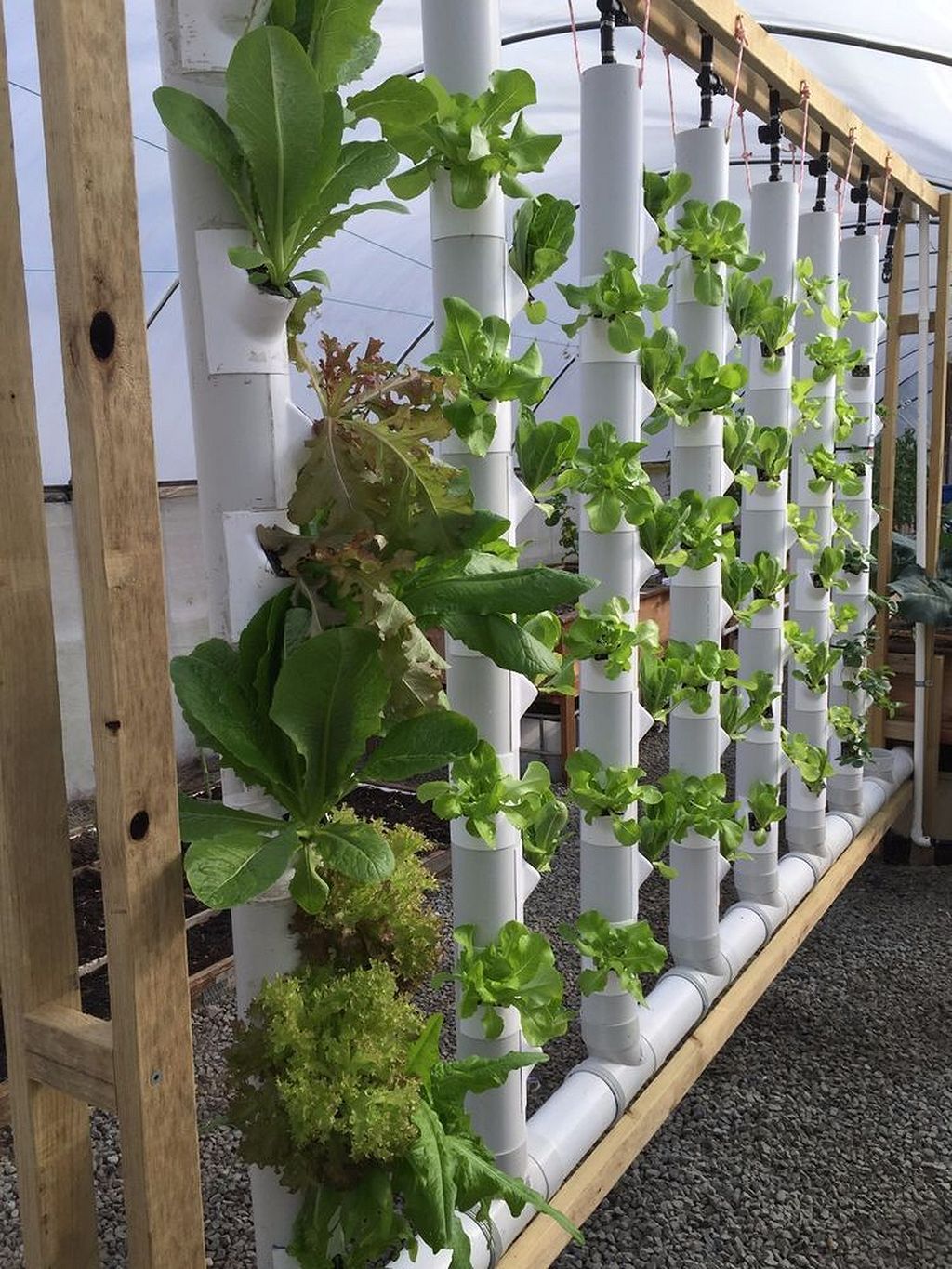Hydroponics: A Revolutionary Approach to Sustainable Homesteading
In recent years, there has been a growing interest in sustainable living and self-sufficiency. Many homesteaders are turning to hydroponics as an innovative solution for growing their own food. Hydroponics is a method of cultivating plants without soil, using nutrient-rich water instead. This system has several advantages that make it an appealing choice for those seeking to maximize space, conserve resources, and produce high-quality crops.
One of the primary benefits of hydroponic gardening is its ability to save space. Traditional farming methods require large plots of land, but with hydroponics, you can grow plants vertically using shelves or towers. This vertical arrangement allows you to maximize your available space by utilizing every inch efficiently. Whether you have a small backyard or limited indoor area, hydroponics enables you to cultivate a variety of crops regardless of spatial constraints.
Water conservation is another significant advantage offered by hydroponics. Unlike traditional farming that requires copious amounts of water due to evaporation and runoff, hydroponic systems recirculate water through closed-loop systems. The water used in these setups is significantly less compared to conventional farming practices since it’s constantly recycled and replenished with essential nutrients for plant growth. As a result, this method saves up to 90% more water than traditional agriculture while still producing bountiful harvests.
Moreover, hydroponics allows for precise control over the nutrient composition provided to plants. In soil-based cultivation methods, it can be challenging to ensure optimal nutrient levels reach each plant consistently throughout their growth cycle. However, with hydroponic systems, nutrients can be precisely measured and adjusted according to the specific needs of each crop type at any given stage in their development process.
This fine-tuned control leads not only to faster growth rates but also healthier plants overall. By providing the necessary minerals directly into the root zone via nutrient-rich water, plants are free from competing with weeds for nutrients or succumbing to soil-borne diseases. Additionally, the risk of pests is significantly reduced since hydroponic setups can be designed in controlled environments that minimize exposure to harmful insects and pathogens.
Hydroponics also offers a year-round growing season, making it an attractive option for those living in regions with harsh climates or limited frost-free periods. By cultivating crops indoors or in greenhouses, growers can manipulate environmental factors such as temperature, humidity, and light levels to create optimal conditions for plant growth. This means you can enjoy fresh produce even during winter months when traditional gardening is typically not possible.
In addition to these practical benefits, hydroponics promotes sustainable agricultural practices by reducing the need for synthetic fertilizers and pesticides. Since plants grown hydroponically have direct access to all essential nutrients they require without reliance on soil composition, there’s no need for chemical additives that can harm both human health and the environment. This method allows homesteaders to cultivate organic produce of exceptional quality while minimizing their ecological footprint.
Furthermore, hydroponics has proven itself as an efficient means of producing high-value crops such as herbs, leafy greens (lettuce, kale), microgreens (arugula, radish sprouts), strawberries, tomatoes and even certain root vegetables like carrots and beets. The ability to grow these crops vertically maximizes space usage while providing opportunities for diversification within a small-scale operation.
While hydroponics may seem daunting at first due to its technical aspects and initial investment costs compared to traditional gardening methods; numerous resources are available today that make it accessible even for beginners. There are various DIY tutorials online along with affordable starter kits that simplify setting up your own system. In fact many hobbyists who start small often find themselves expanding their operations over time as they become more experienced and confident in this innovative approach.
In conclusion, hydroponics offers an exciting and sustainable alternative to traditional farming methods for homesteaders looking to maximize their space, conserve resources, and grow high-quality crops. With its ability to save water, control nutrient levels precisely, provide a year-round growing season, and reduce the need for synthetic inputs; hydroponics holds immense potential in revolutionizing how we approach food production. Whether you’re a seasoned gardener or just starting out on your homesteading journey, exploring hydroponics could be an excellent choice towards achieving self-sufficiency while contributing positively to our planet’s well-being.


Leave a comment